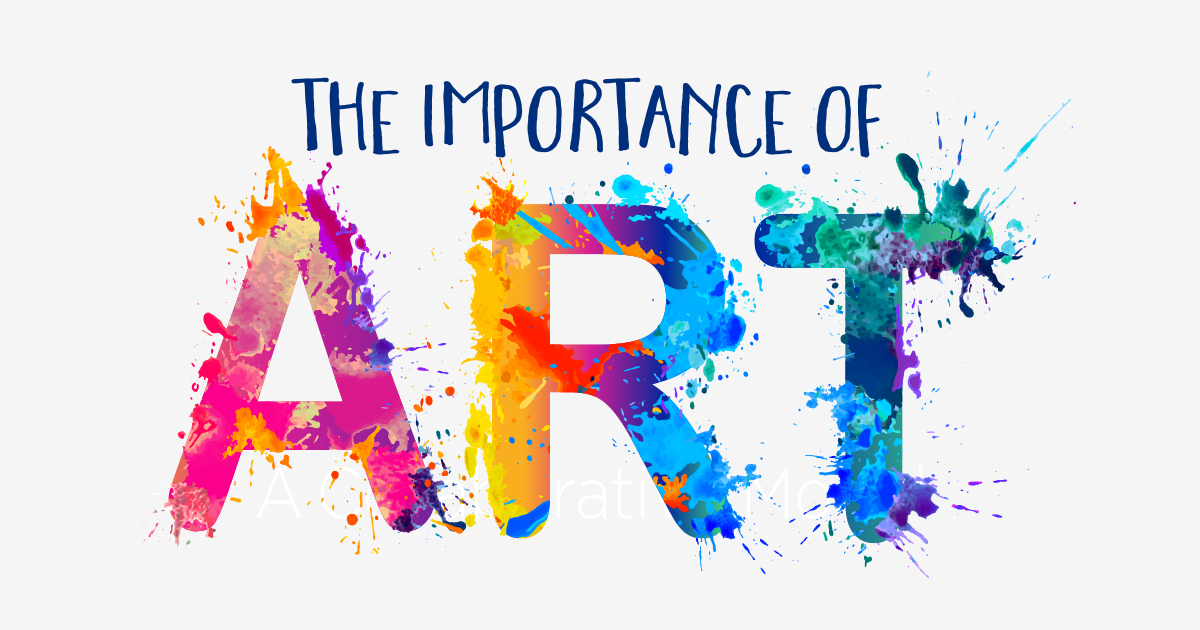Exploring the Diverse Globe of Artistic Expression: From Surrealism to Abstract Realism
In the world of artistic expression, from the dreamlike landscapes of surrealism to the elaborate play of light and kind in abstract realistic look, artists have constantly pressed the boundaries of imagination and creative imagination. As we explore the diverse globe of art, we are presented with a tapestry of styles, methods, and approaches that test our understanding and prompt contemplation.
Surrealism: Releasing the Subconscious
Surrealism, an avant-garde creative activity of the 20th century, explored the depths of the subconscious, revealing a world of dream-like images and unique associations. Pioneered by artists like Salvador Dali, René Magritte, and Joan Miró, Surrealism sought to challenge the conventional ways of seeing and comprehending art. Via strategies such as automatism and desire evaluation, Surrealist musicians aimed to touch into the subconscious mind to disclose surprise facts and needs.
One of the crucial elements of Surrealism was the emphasis on the irrational and the exceptional. By combining unforeseen components in their works, Surrealist musicians aimed to create a sense of disorientation and shock in the customer. This interruption of reasoning and reason was meant to provoke a deeper expedition of the subconscious and the enigmas of the human subconscious.
Abstract Realism: Redefining Understanding
Challenging traditional imaginative borders, Abstract Realistic look redefines understanding with the fusion of recognizable components with abstract types. This ingenious approach to art incorporates the representational precision of realism with the creative liberty of abstraction, using customers a distinct visual experience that motivates them to question their perception of truth.
In Abstract Realism, musicians aim to capture the significance of their subjects while additionally infusing their deal with a feeling of depth and intricacy with abstract components. By mixing the acquainted with the unfamiliar, these musicians invite target markets to engage with their items on multiple degrees, encouraging them to discover the subtleties of structure, kind, and color.

Cubism: Fragmenting Truth
Making use of geometric types and fragmented viewpoints, Cubism reinvented the artistic representation of fact in the early 20th century. Established by Pablo Picasso and Georges Braque, Cubism looked for to test conventional ideas of perspective and representation. By damaging down objects and figures right into geometric forms and presenting them from several point of views simultaneously, Cubist artists intended to capture the significance of the subject instead than its literal appearance. This technique not just deconstructed fact but likewise highlighted the monotony of the canvas, leading the way for future abstract art activities.

Cubism can be classified into 2 major stages: Analytical Cubism, identified by single color pattern and detailed, fragmented kinds; and Artificial Cubism, which included collection components and brighter shades right into the make-ups. Via these distinctive stages, Cubism influenced not only paint however likewise layout, sculpture, and architecture. trump art. Its influence resounded across the art world, inspiring musicians to discover new ways of representing the world and interpreting around them
Expressionism: Feelings on Canvas
Exploring the midsts of human emotions through dazzling and expressive brushstrokes, Expressionism emerged as an extensive creative movement in the very early 20th century. Unlike previous art motions that concentrated on illustrating the external globe, Expressionism looked into the inner realm of the musician's psyche, intending to evoke raw feelings and provoke natural responses from visitors.
Expressionist artists, such as Edvard Munch, Egon Schiele, and Emil Nolde, rejected traditional concepts of beauty and realism in favor of misshaping form and color to share subjective sensations. Using overstated brushwork, bold shades, and altered figures assisted create a sense of worry, alienation, or interest in their works.
One of one of the most well-known instances of Expressionism is Munch's "The Scream," which records the intense anxiousness and despair of contemporary life via its swirling, distorted number against a blood-red sky. With their psychologically charged works, Expressionist musicians looked for to challenge traditional imaginative standards and offer a home window into the rough midsts of the human heart.
Contemporary Art: Evolving Point Of Views

One of the defining attributes of modern art is its constant evolution and capability to adjust to transforming social landscapes. Musicians are significantly incorporating innovation into their method, obscuring the lines in between the electronic and physical realms. This combination of mediums enables cutting-edge methods of narration and engaging with audiences in a much more interactive way.
Moreover, modern art frequently acts as a platform for social Get the facts discourse, resolving pushing find this concerns such as identification, national politics, and the setting. Musicians are utilizing their job to trigger vital discussions and provoke idea, losing light on the intricacies of the globe we reside in. As point of views continue to develop, contemporary art stays a dynamic and influential pressure in forming our cultural landscape.
Conclusion
To conclude, the globe of imaginative expression includes a large array of movements and styles, each with its very own special technique to communicating meaning and feeling. From surrealism's expedition of the subconscious to abstract realistic look's redefining of understanding, and from cubism's fragmentation of truth to expressionism's portrayal of feelings, art continues to evolve and test point of views - trump art. Contemporary art reflects the ever-changing globe we reside in, providing brand-new ways to translate and comprehend the intricacies of our fact
As we check out the multifaceted globe of art, we are presented with a tapestry of designs, methods, and viewpoints that test our understanding and provoke reflection. Its influence resounded across the art globe, inspiring musicians to explore brand-new ways of analyzing and standing for the globe around them.
